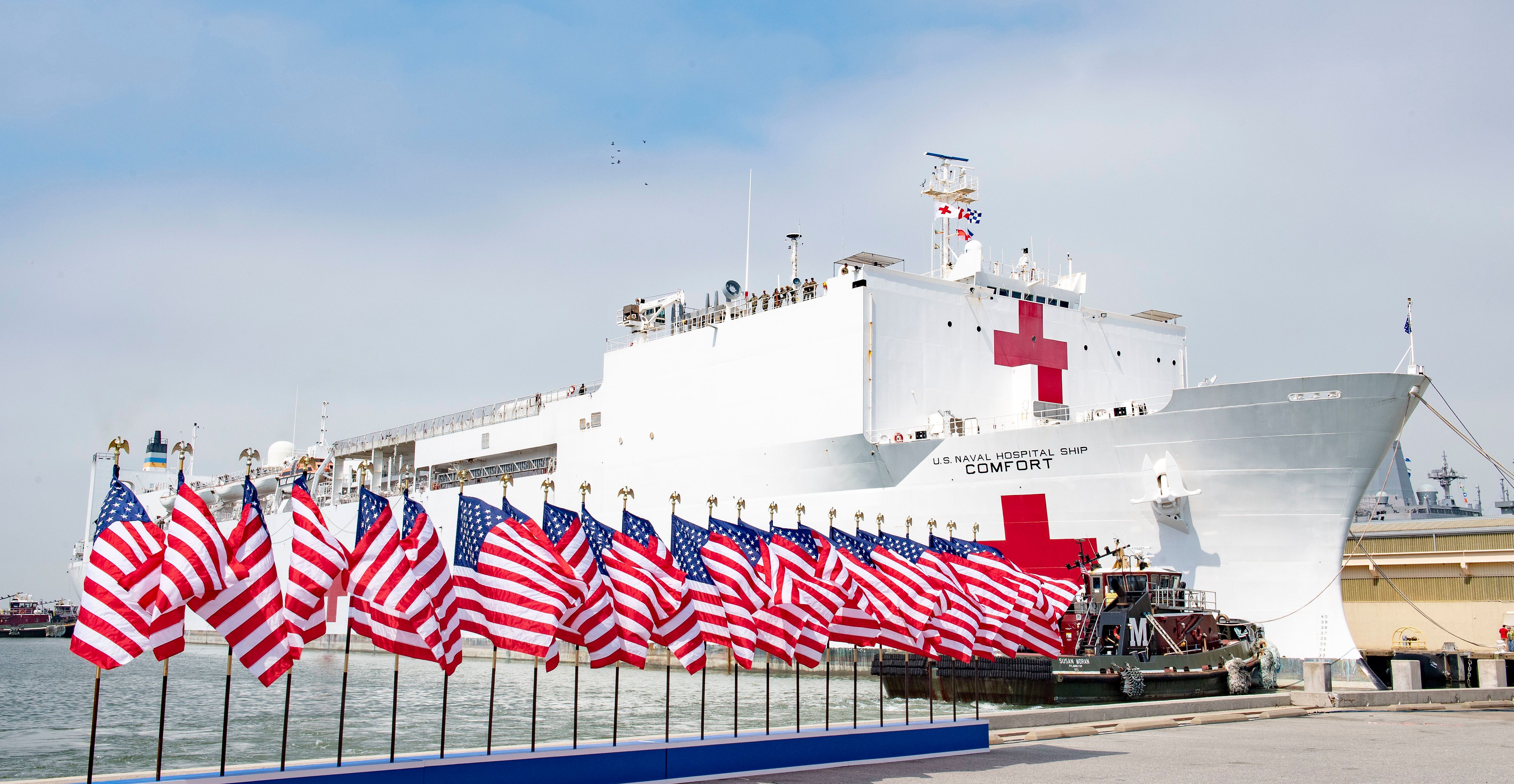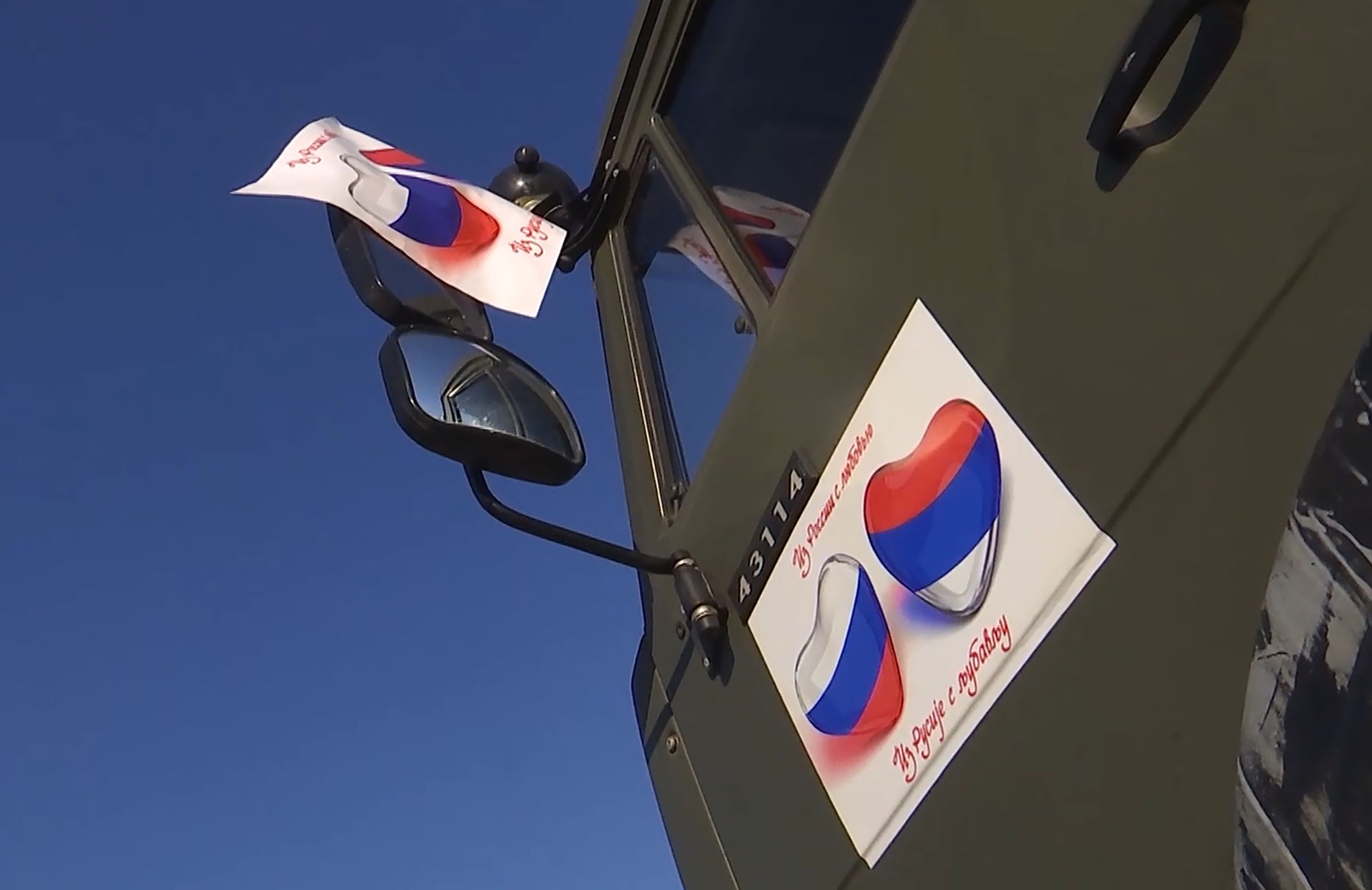Consequences of the COVID-19 Pandemic for the U.S. Armed Forces

During an Emergency
On 13 March, in connection with the outbreak of the COVID-19 pandemic in the United States, Trump declared a national emergency. The National Emergencies Act sets out the conditions under which a president can make such a decision, and grants the federal government special powers. Among them is the right to take control of the National Guard. Each state, unincorporated territory, and the District of Columbia have their own National Guard units, under the civil authority of the governors. The National Guard is a basic component of the U.S. Armed Forces, intended for operations during states of emergency. Once a state of emergency has been declared, a president may direct regular armed forces to undertake certain activities within U.S. territory. Such decisions were made following hurricanes Katrina in 2005 and Sandy in 2012, and the floods that affected several states in 2019. Military units are sometimes also used to support firefighting operations. Trump previously introduced a state of emergency in the border zone with Mexico in February 2019, which allowed operational forces to be directed there.
Pentagon’s Actions
To date, 30,000 soldiers from National Guard units in all 50 states, the District of Columbia, Puerto Rico, Guam and the Virgin Islands have been directed to take part in assistance activities. The declaration of a state of emergency enabled National Guard operations to be financed from the federal budget (necessary for the mass and long-term use of guard units) and the inclusion of operational forces. Medical and engineering units were involved in the organisation of field hospitals in the places most affected by the pandemic. In order to relieve medical facilities in Los Angeles and New York, the U.S. Navy’s hospital ships USNS Mercy and USNS Comfort were mobilised. They had previously been used after Hurricane Katrina in 2005 and the Haiti earthquake in 2010, and during the Venezuelan refugee crisis in 2018.
As part of the $2.2 trillion stimulus package adopted in March, $10 billion has been allocated to the Department of Defense. These funds will cover defence costs associated with the pandemic, the expansion of military medical facilities, the purchase of equipment, vaccine and antiviral drug research, and private contracts commissioned by the Trump administration under the Defense Production Act (to supply hospitals, state and local authorities with masks, respirators and other equipment). The Pentagon also provides state authorities with medical equipment from its reserves. In addition, 800,000 former soldiers received letters urging them to return to active service as medical personnel. So far, 17,000 of them have applied.
The U.S. armed forces also provide assistance to allied countries, mostly in the form of donations of medical equipment and personal protective equipment, as well as training and research cooperation at biological laboratories. European countries which have so far received Department of Defense help include NATO states (Albania, Bulgaria, Lithuania, Luxembourg, Northern Macedonia, Romania, and Italy) and partner countries (Bosnia and Herzegovina). The Laos, Namibia, Philippines, and Thailand have also been assisted from the Department of Defense funds, and talks are currently underway with Vietnam.
Impact on U.S. Troops Abroad
Restrictions on units abroad (ban on leaving bases, self-quarantining, and additional sanitary prevention measures) were introduced in February. They have affected U.S. bases in Afghanistan, Germany, Iraq, Italy, Japan and South Korea. On 26 March, Secretary of Defense Mark Esper ordered the suspension until 30 June of the movement of military units and personnel reporting to the Department of Defense. This does not apply to operations of major importance, such as the withdrawal from Afghanistan, or naval operations. However, the pandemic has already affected the Navy, with cases of infection being detected among the crews of three aircraft carriers, including the USS Theodore Roosevelt, where 660 crew members were infected (about 14% of all personnel). The ship was directed to a U.S. base on the island of Guam, where the crew were treated and quarantined. The departure of the other two ships (USS Ronald Reagan and USS Nimitz) was postponed until their crews had finished quarantine.
The threat of the virus most strongly affected the planned U.S. exercises, both unilateral and with allies. The number of soldiers participating in the Defender Europe 20 manoeuvres has been reduced from 20,000 to 6,000, which forced the cancellation of four accompanying exercises, including the cyclical Saber Strike, which tests the ability of the U.S. and allied forces to defend Poland and the Baltic States. African Command cancelled the African Lion manoeuvres in Morocco, which were initially to be attended by 3,800 American soldiers and 5,000 soldiers from 14 other countries. Indo-Pacific Command cancelled the Balikatan 2020 exercise in the Philippines. Joint exercises with South Korea and Israel have also been cancelled, and Australia decided to suspend the rotation of 2,500 U.S. Marines. However, the U.S. army announced that regular rotations of forces in other regions (including Europe) in the next few months are not affected.
Conclusions
The pandemic negatively affects the U.S. potential to deter China and Russia, although to a limited extent so far. Cancellation of part of the exercises that were supposed to signal Russia about U.S. readiness and ability to transfer significant forces to Europe to NATO’s Eastern Flank in a crisis is significant. In the Indo-Pacific region, the confinement of three aircraft carriers to port and the cancellation of drills with South Korea and the Philippines weakens the U.S. ability to signal the full potential of deterrence against China. Despite this, the navy maintains the presence of its ships in, among other places, the Baltic, the South-China and Mediterranean seas, and the Persian Gulf (where, in connection with an incident involving Iranian ships, Trump allowed an armed response in the event of a threat to U.S. ships). In addition, the involvement of the U.S. armed forces in helping allies affected by the pandemic may allow long-term strengthening of military and political cooperation.
A record-breaking stimulus package for the U.S. economy ($2.2 trillion) and subsequent bills will result in an increase in public debt (currently $24.568 trillion, 114% of GDP), which is most likely to force a reduction of the defence budget (in 2019, it accounted for over half of the discretionary spending and about 15% of the entire U.S. federal budget). In 2011, in the conditions of recession after the financial crisis of 2008 to 2009, the Budget Control Act limited the value of the defence budget for 2012 to 2021, which was supposed to bring cumulated savings of $500 billion. Another $500 billion was to be provided by sequestration, with budget cuts leading to a reduction in public debt (then $16.738 trillion, 99% of GDP). Ultimately, these restrictions were loosened, but led to a decrease in the size of the defence budget in 2013 by $42.7 billion. (7.5%) and in 2014 by $54.6 billion (9.9%) compared to the previous year (in 2015, the budget was reduced by $0.2 billion, then gradually increased in subsequent years). At the same time, the overseas presence of U.S. troops (including those in Europe) was reduced, and certain units were deactivated. The currently expected spending reduction is unlikely to affect the amount of defence budget in 2021, which was set at $740 billion (the base amount plus overseas operations) in accordance with the biennial bipartisan budget agreement adopted by Congress in 2019. Detailed budget expenditure may change to respond to the Pentagon’s needs during the pandemic. Once the situation is stabilised, there is likely to be a debate on the priorities of financing of the armed forces. This debate may cover modernisation programmes, development of the Space Force established in 2019, and the presence of U.S. troops overseas.




